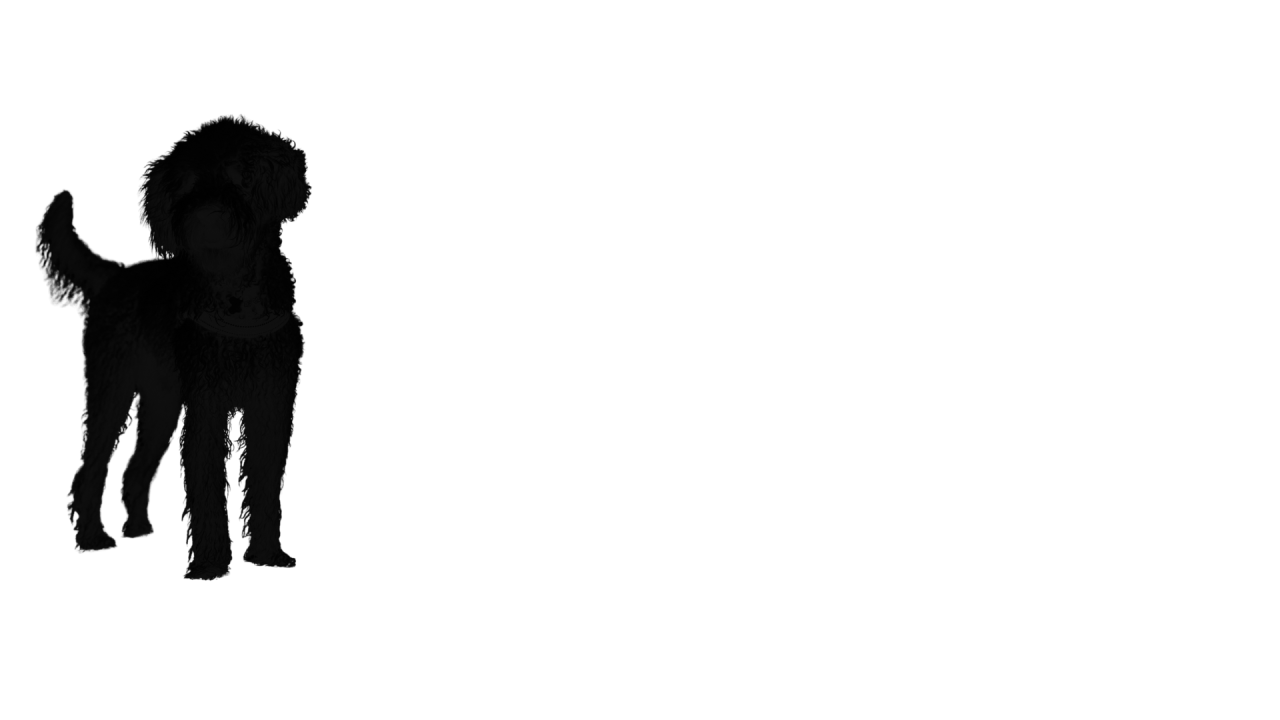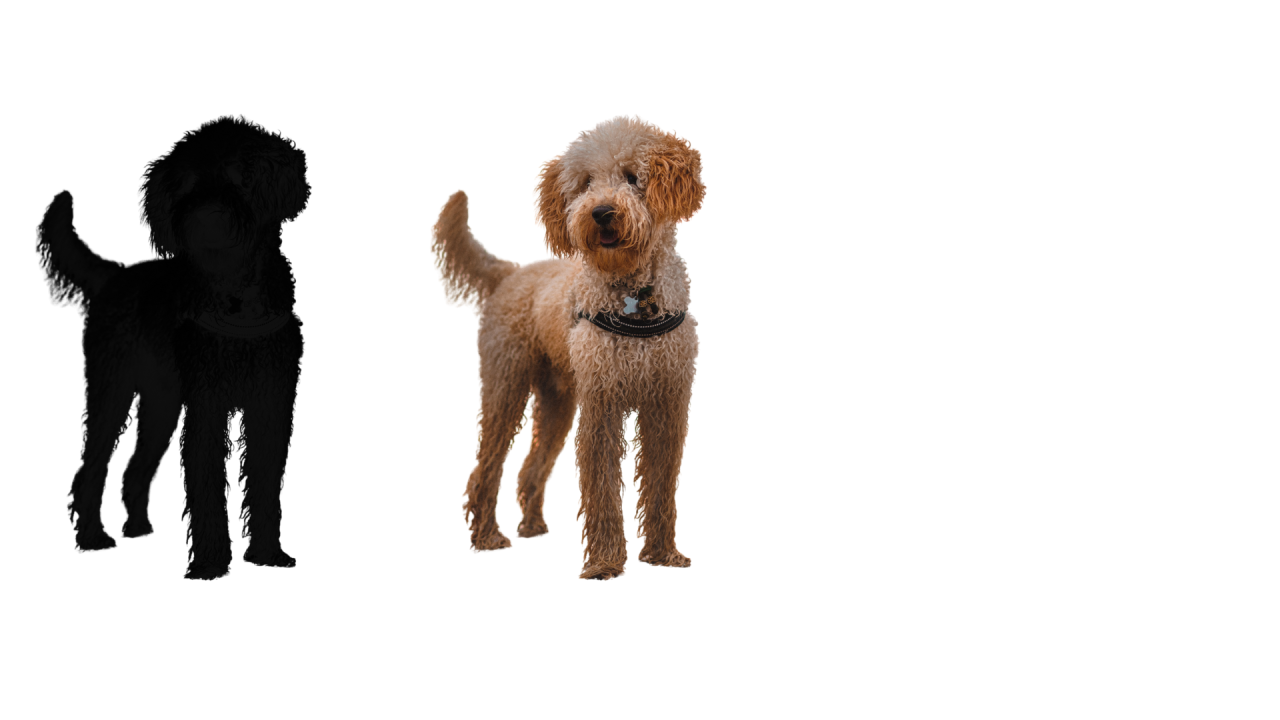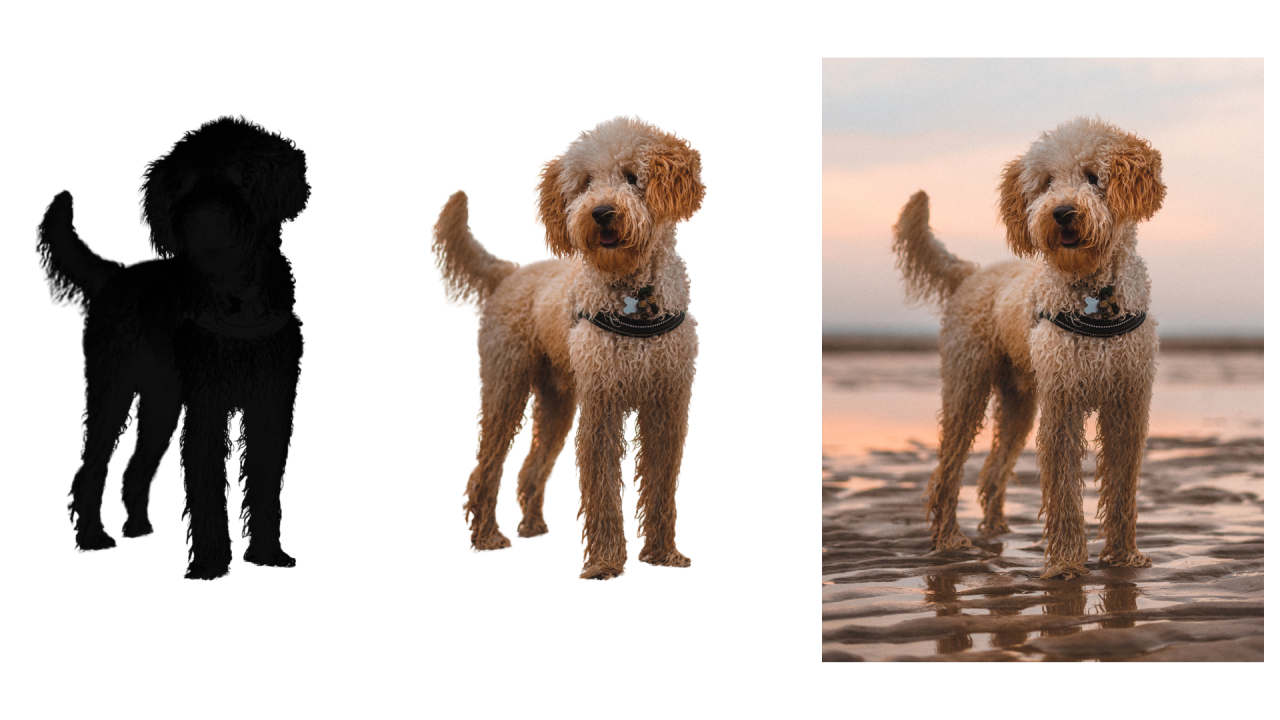Learning to Speak Doglish

Every dog speaks Doglish, a language of body signals, gestures and postures that help them communicate with each other and with us.
Just as people have different accents and dialects, dogs do too. Street dogs may use one style of communication, pet dogs another, and each individual dog adds their own slang shaped by life experience.
If you would like to become more fluent in Doglish, a good place to start is by slowing down. Rather than trying to figure out what a behaviour means straight away, practise describing what you can actually see.
Step One: Start with the silhouette
One of the simplest ways to practise is with still photos. Begin by looking at your dog in silhouette, as though you can only see their outline.

Ask yourself:
-
Are they tall and upright, or low and crouched?
-
What shape is the spine making?
-
Where are the ears and the tail?
-
Does the body look loose and easy, or stiff and tight?
By pausing to notice the big picture first, you give yourself space to see more clearly before making assumptions.
Step Two: Add in the finer details
Once you have the overall shape, look again with the details visible.

Now notice:
-
What is happening in the eyes and eyebrows?
-
Is the face soft, or are there signs of tension?
-
Are the whiskers forward, neutral, or pulled back?
-
Is the coat lying flat or raised in patches?
These small details add layers of meaning, but only after you have already taken in the bigger picture.
Step Three: Put it into context
Now think about where your dog is. The same posture can mean different things depending on the situation.

For example:
Staggered leg placement might be because they're on the beach and the surface is uneven
-
A play bow might be an invitation to play, or it might be a pause to create space
-
A dog rolling onto their back could be relaxed, or it could be a signal that they are uncomfortable
-
Raised hackles might signal stress, excitement, or simple arousal
Context matters. Subtlety matters. And even breed type, coat length or camera angle can affect how easy it is to read what is happening.
Try it with your own dog
This week, choose one moment each day to pause and observe your dog. Start with the big picture, then notice the details, then the environment. And only then think about what it might mean.
By practising this process you will gradually become more fluent in Doglish.
The Doglish-English Dictionary
Inside the Calmer Canines Club we have started a Doglish-English Dictionary. It is designed to be used like a language dictionary - something to dip in and out of rather than to read cover to cover.
The first version already includes the big signals such as eyes, ears, tails and posture, along with subtler details like whiskers, skin, fur, facial tension and toes. Everyday behaviours such as zoomies, digging and rolling are there too, explained in plain language. Over time it will grow as we keep adding to it.
Takeaway
The key to learning Doglish is simple. Describe what you see, then add the details, and only after that decide what it might mean. With practice, you will start to notice signals in your dog that you may have missed before - and that is the first step to truly speaking their language.
⭐⭐⭐⭐⭐
Want to Learn More?
You can join the Calmer Canines Club for a deeper dive into this topic and many others like it, with access to gentle, practical support and a full archive of resources. Your first month is free:
👉 www.calmercanines.co.uk/club
⭐⭐⭐⭐⭐
 Stephie Guy
Stephie Guy 